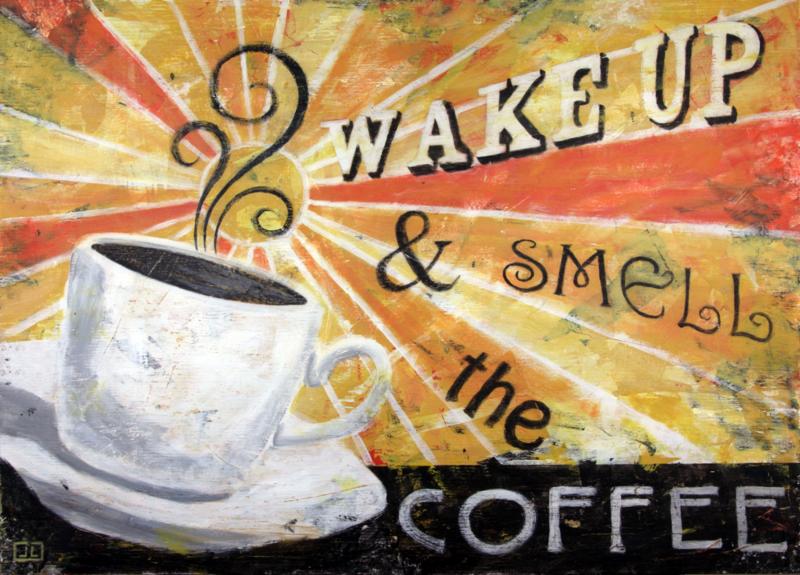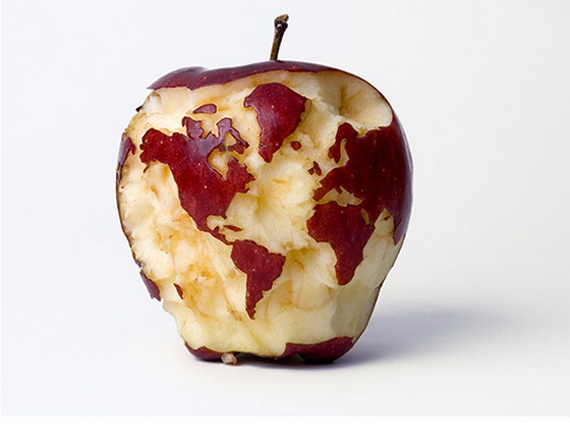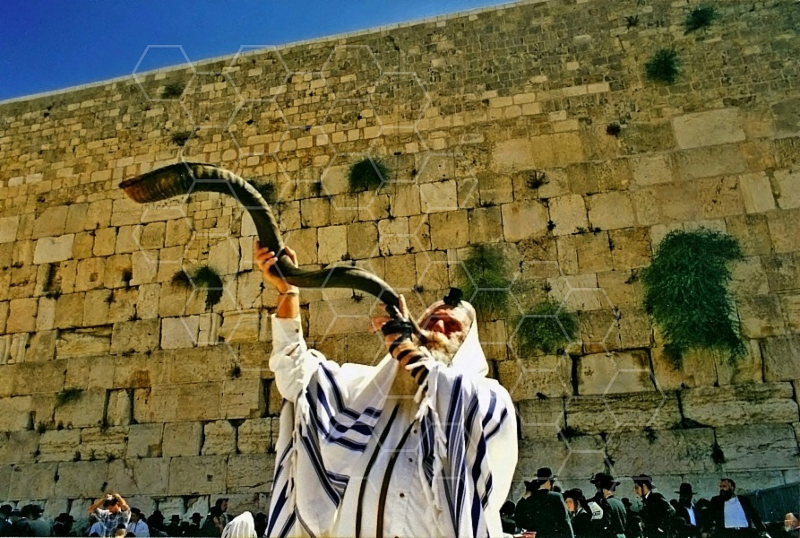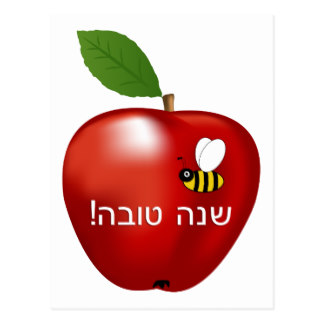This article was constructed with the help of either writings, lectures or shiurim of Rabbi’s Yonatan Zweig

A great talmid chacham once said, that if one is sitting in the sukkah and is uncomfortable due to inclement weather, yet pushes aside his discomfort and is glad of the opportunity to perform a mitzvah, he has reached a spiritual height.
“You shall dwell in booths for seven days… so that future generations will know that I caused the children of Israel to dwell in booths when I took them from the land of Egypt”(Vayikra 23:42-43). The Rabbis of the Talmud (Sukkah 11b) debate whether our Sukkot commemorate the actual booths the Jews lived in during their stay in the desert or the anannei hakavod (clouds of glory), that directed and protected the Jewish people during their march to the land of Israel. Both meanings stem from the root סכה- to cover, as both clouds and booths provide shade and covering from the sun. Interestingly enough, the accepted ruling is that our sukkot is a commemoration of the anannei hakavod. Thus, when we dwell in the sukkah, we must keep in mind not so much the flimsy huts we lived in, as the protecting and guiding hand of Hashem.
In the Kiddush we make at home, as well as in the special prayers we add for the holiday during services at the synagogue, the Festival of Sukkot is referred to “the Time of our Joy”. Why is Sukkot considered more a time of joy than Passover or Shavuot? After all, even greater and more significant miracles occurred on those holidays – on Passover we witnessed the Ten Plagues and the Splitting of the Sea and on Shavuot we experienced Divine Revelation when we received the Torah at Mount Sinai – yet only Sukkot is called “the Time of our Joy.” Why?
Furthermore, we do not use the dates produced by the palm in the performance of the mitzva, rather the branch of the tree, which is tasteless. All the same, the lulav is referred to by our sages, as having taste. Why is this so?
Citing the Maharil, the Ramah teaches that we should begin building a sukkah as soon as Yom Kippur concludes, thereby moving immediately from the fulfillment of one mitzva to the fulfillment of another. Why must we move immediately to the mitzva of sukkah, rather than charity, Torah study or another mitzva?
The Talmud derives the laws pertaining to the construction of the sukkah from the clouds which arose from the Garden of Eden. What is the connection between the Garden of Eden and the sukkah?
The Talmud relates that when the children of Israel received the Torah on Shavuot, they reached the level of Adam prior to his sin in the Garden of Eden. However, when they committed the sin of the Golden Calf, the children of Israel returned to the level of Adam after he was banished from the Garden, for having eaten from the Tree of Knowledge. On Yom Kippur, Bnei Yisroel received atonement for the sin of the Golden Calf, and they should have gone into Eretz Yisrael, built the Beis Hamikdash, and once again attained that special closeness with G-d. However, instead they committed the sin of the spies, which resulted in the death of that entire generation.
Sukkot represents the time period when, after having received atonement on Yom Kippur, we enter the Garden of Eden, i.e. the sukkah. This is the reason why the construction and decor of the sukkah, as well as the four species which we are commanded to take in it, are made to resemble a garden. Immediately after Yom Kippur we are preoccupied with building the sukkah, displaying our desire to attain an elevated level of closeness with G-d, by joining him in the Garden of Eden.
The Midrash teaches that one of the characteristics of the Garden of Eden, was that the bark of its fruit trees tasted like their fruits. Taking the branch of the palm tree to represent the taste of dates, is reflective of the notion that we are recreating our existence in the Garden of Eden.
At the center of the splendid, Sukkot festivities, was the Simchas Beis Hasho’evah, the celebration of the drawing of the water for the nisuch hamayim, the water libation on the altar, in the Beis Hamikdash. The Talmud draws a vivid picture of the singing and dancing that accompanied this ritual. It even tells of great sages juggling and leaping about like young acrobats. Indeed, the Talmud assures us that “whoever did not witness the Simchas Beis Hasho’evah has never seen true joy in his life.”
But what was so remarkable about the ritual of the drawing of the water? What made it the most powerful stimulus to joy imaginable?
The commentators explain that the Hebrew word for joy, simchah, is related to the word for erasing, machah. Joy is not something that must be generated. It is our natural state. Nevertheless, the pain, sorrows and disappointments of life overlay and obscure our natural joyousness. When we erase these impediments to our happiness, we achieve true joy by default.
Still, why indeed is joy our natural state? Because joy is an expression of a perfect existence, of fulfillment to the highest degree possible. The essence of a person is the immortal soul, the neshamah, our spark of the Divine. When our souls cleave completely to their Source and Creator, we are in a state of perfect existence, and we experience joy. However, when our sins and misdeeds come between our souls and their Divine Source, we feel the anguish of estrangement and our joy is extinguished.
Life takes its toll on us and all of its headaches become magnified, far out of proportion to their true significance. Therefore, in order to achieve true and perfect joy, we must erase the taint from our souls so that they can again cleave perfectly to the Creator. Only then can we achieve fulfillment and the joy that results from it.
On Rosh Hashanah and Yom Kippur, we cleanse and purify our souls. On Sukkot, we are finally capable of cleaving to the Creator and achieving true joy. The water libation symbolized this concept. Water has the property of absolute adaptability. It can assume any shape or form so perfectly, that no gaps are left unfilled. Rabbi Aryeh Kaplan z’l teaches how important water is. He begins by saying, in order for the world to exist, both liquids and solids are needed. Water’s characteristic is such, that it involves change; it never stays in one place. Solids on the other hand, are the opposite; they remain in an ever stagnant state. If the world would exist with just solids, there would be no movement at all in the world. However, if there were only liquids, although there is the capability of change, it would not be able to hold any shape or form and would exist unstably. Therefore, solids need liquids and liquids needs solids in order for life to exist. In the world we live in, there is constant change, but general identity is still retained. People change physically, spiritually and otherwise, yet remain the same individuals. This is because of the co-existence of solids and liquids. No water is mentioned in regard to death, because water represents change; change is life; change is development; development is fulfilling G-d’s purpose. The ritual of pouring the water over the altar in the Beis Hamikdash, therefore, symbolizes the perfect and absolute attachment which the Jewish people have attained with their Creator, through their prayers and repentance during the High Holidays. And that perfect attachment leads to perfect joy.
There was a stream coming out from Gan Eden and flowing throughout the world. This is the reason the Torah ascribes such importance to mikvah. After a woman immerses herself in purified water, she has the connection with Gan Eden and is therefore more susceptible for child bearing.
The Sukkah holiday is symbolic of Gan Eden and therefore, one can attain a joy during Sukkot, like no other. Interestingly, there is a
reference in the Torah connecting Sukkot and Yaacov. “Yaacov traveled to Sukkot” (33:17). How appropriate is that, considering it was Yaacov who took responsibility to perform both physical and spiritual maintenance of the world. Eisav’s deeds disqualified him and dissolved his potential partnership with Yaacov. By masquerading like Eisav, Yaacov received Eisav’s blessing after his father smelled Gan Eden on Yaacov’s clothing.
The spiritual component of Sukkah is powerful and allows us to achieve a taste of Gan Eden. Perhaps that is the reason I felt such appreciation and believed that the sukkah is the place to be, no matter how cold it is outside. Gan Eden has the right climate control.



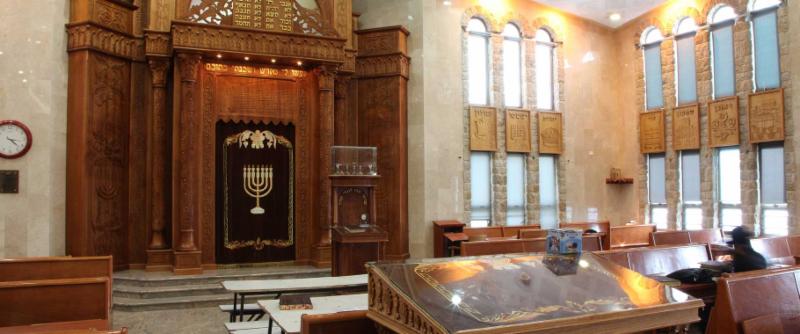







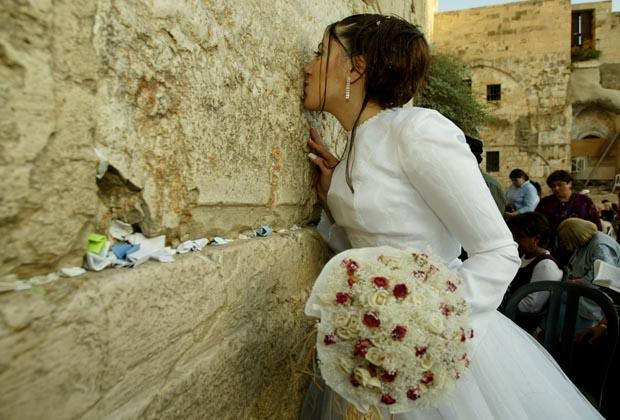
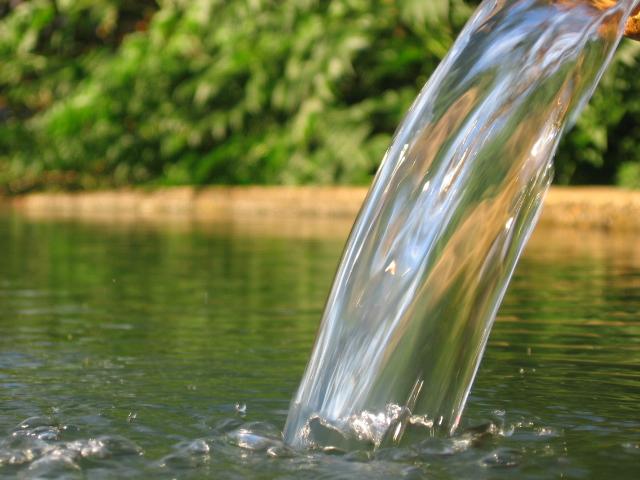 A very close friend, Ronny Alibayof, unfortunately lost his wife a number of years ago. This past Wendsday evening, the 21st of September, he celebrated her life with a very moving event. The program commenced with his daughter, Samantha introducing an awareness of tremendous importance. She called everyone’s attention to 5 Under Forty, an organization founded by Jennifer Finklestien, but inspired by Michal Alibayof.
A very close friend, Ronny Alibayof, unfortunately lost his wife a number of years ago. This past Wendsday evening, the 21st of September, he celebrated her life with a very moving event. The program commenced with his daughter, Samantha introducing an awareness of tremendous importance. She called everyone’s attention to 5 Under Forty, an organization founded by Jennifer Finklestien, but inspired by Michal Alibayof. It’s in our character to search for an advantage in life; perhaps it is in our genes; perhaps it’s because of how we were raised. Making the optimal choice is thought of wherever we go and whatever we do, because we want the best for ourselves and our children. Our people like to ask a lot of questions to give us an edge in the world. We tend to make fun of ourselves; we tend to put our culture down; “I don’t want to move there, too many Jews”; “we are all Jewish mama’s boys.” These are all famous Jewish put down jokes delivered by none other than Jews, themselves. However, deep down, we know that our people are blessed. In every criterion in life, if we put our mind to it we’re number one. We Jews are a highly competitive nation that has achieved leaps and bounds in every aspect of life. That frame of mind is ever so important in this most crucial time of the year, when we are judged for our past deeds and potential future. Squeezing the most from our prayers and behavior during the Yamim noraim-days of awe, so G-d may place us in the book of life, is our primary goal.
It’s in our character to search for an advantage in life; perhaps it is in our genes; perhaps it’s because of how we were raised. Making the optimal choice is thought of wherever we go and whatever we do, because we want the best for ourselves and our children. Our people like to ask a lot of questions to give us an edge in the world. We tend to make fun of ourselves; we tend to put our culture down; “I don’t want to move there, too many Jews”; “we are all Jewish mama’s boys.” These are all famous Jewish put down jokes delivered by none other than Jews, themselves. However, deep down, we know that our people are blessed. In every criterion in life, if we put our mind to it we’re number one. We Jews are a highly competitive nation that has achieved leaps and bounds in every aspect of life. That frame of mind is ever so important in this most crucial time of the year, when we are judged for our past deeds and potential future. Squeezing the most from our prayers and behavior during the Yamim noraim-days of awe, so G-d may place us in the book of life, is our primary goal.

